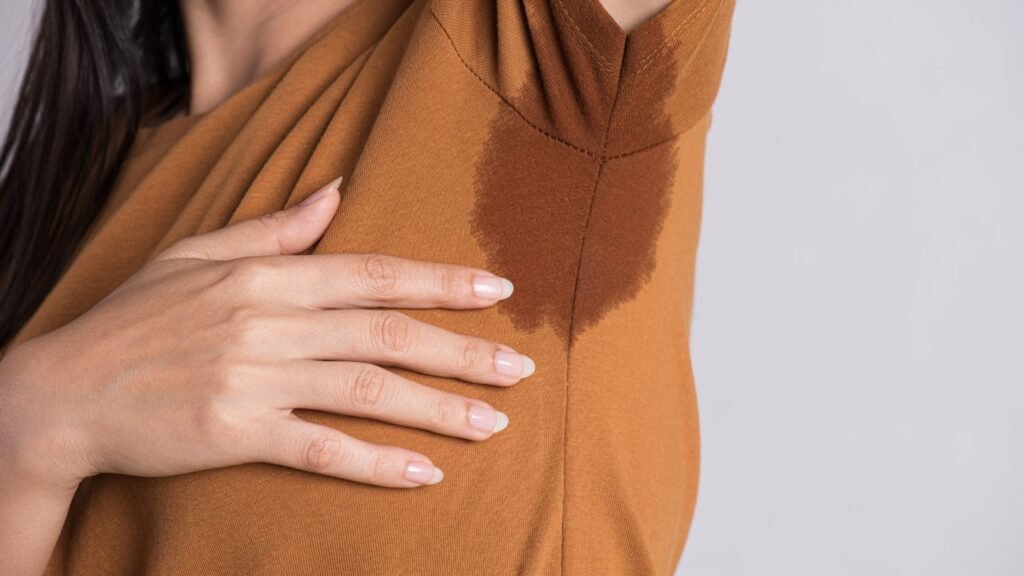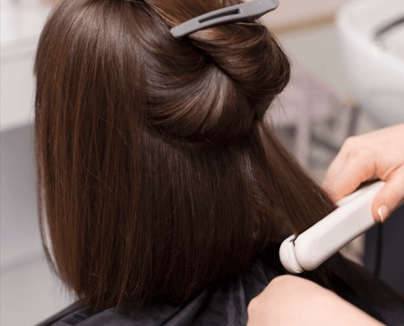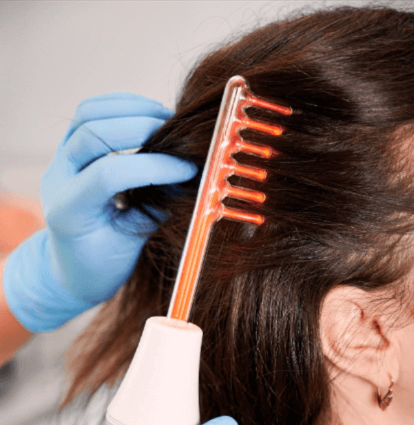Botox (botulinum toxin type A) is an FDA-approved treatment for hyperhidrosis that helps reduce excessive sweating by blocking the nerves that stimulate sweat glands. For medical patients considering Botox, understanding the dosage details is key to ensuring safe, effective treatment and realistic expectations.
This guide covers everything medical patients need to know about Botox dosage for hyperhidrosis, including how doses are determined, typical dose ranges for different body areas, factors influencing dosage, and safety considerations.
1. How Is Botox Dosage Determined for Hyperhidrosis?
Unlike some medications with fixed doses, Botox dosage for hyperhidrosis is customized based on several factors, including:
- Treatment area size: Larger areas like the underarms generally require higher total units than smaller areas such as the palms.
- Severity of sweating: Patients with more severe hyperhidrosis may require higher doses for effective sweat control.
- Patient body size and anatomy: Variations in muscle mass and sweat gland density influence dosing.
- Previous treatment response: Doctors may adjust doses based on how well prior injections worked.
2. Typical Botox Dosage by Treatment Area
Here are the standard dosage guidelines based on FDA approval and clinical practice:
| Treatment Area | Typical Total Botox Units | Injection Sites |
|---|---|---|
| Underarms (Axillary) | 50 to 100 units per underarm | 10 to 15 injection points |
| Palms (Palmar) | 100 to 200 units per palm | 15 to 20 injection points |
| Feet (Plantar) | 100 to 200 units per foot | 15 to 20 injection points |
| Face/Scalp (Craniofacial) | 50 to 100 units | Varies, depending on sweat areas |
- Botox is diluted with saline to allow precise dosing at each injection site.
- Each injection delivers a small amount (typically 1 to 2 units) to targeted sweat glands.
3. How Is the Botox Administered?
- Injections are given as a series of tiny shots across the affected area to cover all sweat-producing zones.
- Healthcare providers often use a starch-iodine test before injection to map sweat gland hotspots and optimize injection placement.
- The entire session usually lasts 15–45 minutes depending on area size.
4. What Happens If the Dose Is Too Low or Too High?
- Too low a dose may result in insufficient sweat reduction and a shorter duration of effectiveness.
- Too high a dose increases the risk of side effects, such as muscle weakness or bruising, and may increase cost.
- Skilled providers carefully balance efficacy and safety by tailoring dose based on clinical experience and patient feedback.
5. Safety Considerations Regarding Botox Dosage
- Botox has a strong safety profile when administered by experienced clinicians.
- The maximum total dose per session varies by provider but typically stays well within safe limits.
- Patients with certain medical conditions (neuromuscular disorders, allergies) may require adjusted doses or be contraindicated.
- Botox dose for hyperhidrosis is generally lower than doses used for some cosmetic or therapeutic neuromuscular indications.
6. How Often Are Botox Injections Needed?
- Botox effects typically last 4 to 6 months.
- Repeat treatments are necessary for ongoing sweat control.
- Dosage may be adjusted up or down in subsequent sessions based on patient response and side effects.
- Some patients experience longer-lasting results with successive treatments.
7. Communicating with Your Healthcare Provider
- Discuss your sweating severity and treatment goals openly.
- Inform your provider about previous Botox treatments and their outcomes.
- Ask about the total units you will receive, the injection technique, and expected side effects.
- Understand that dosage is a personalized aspect of treatment and may evolve over time.
8. Summary
- Botox dosage for hyperhidrosis varies by treatment area and individual patient needs.
- Typical doses range from 50 to 200 units per area, administered via multiple small injections.
- Proper dosing is essential to balance efficacy with minimizing side effects.
- Ongoing communication with your healthcare provider ensures safe and effective treatment.




